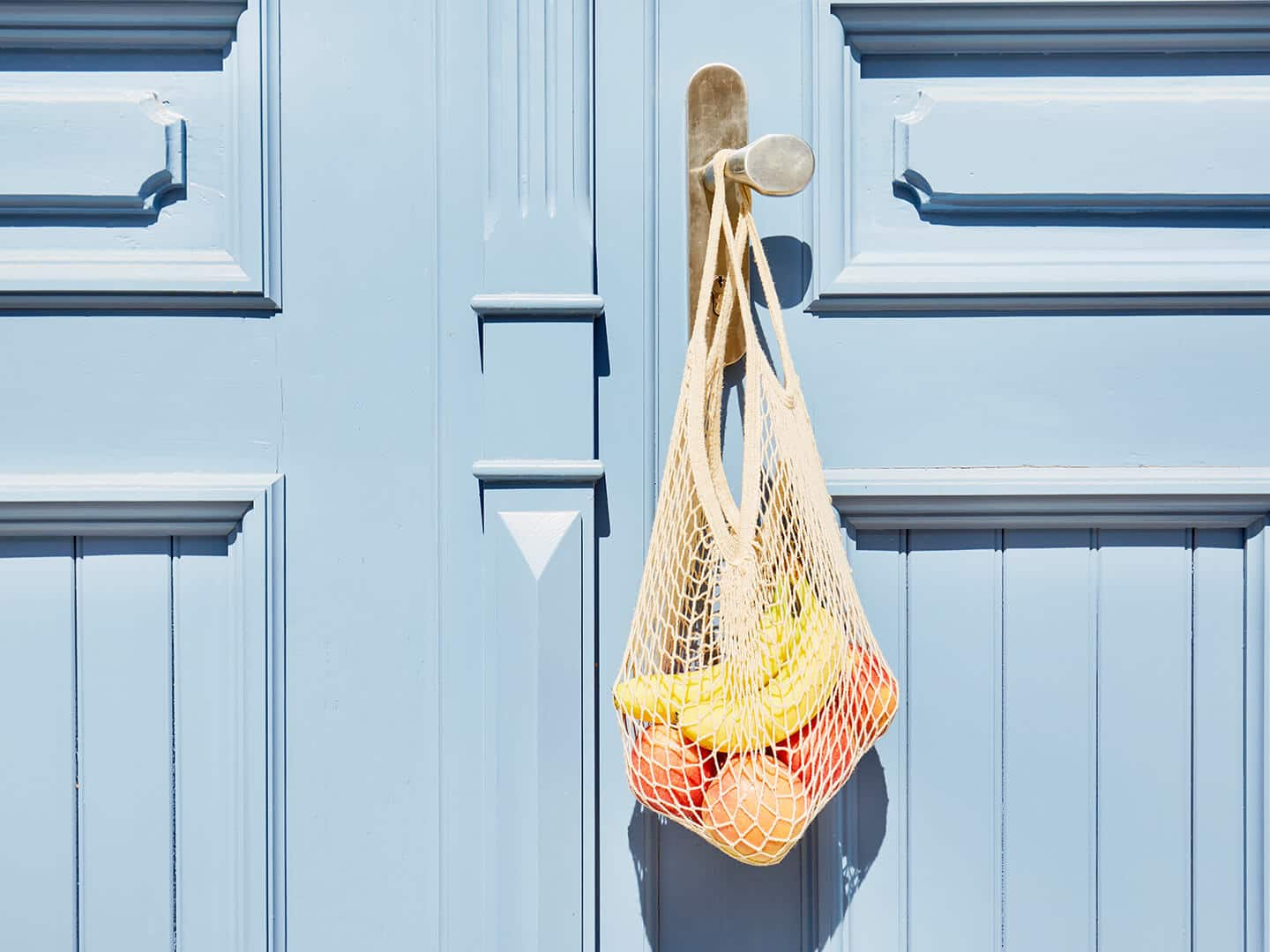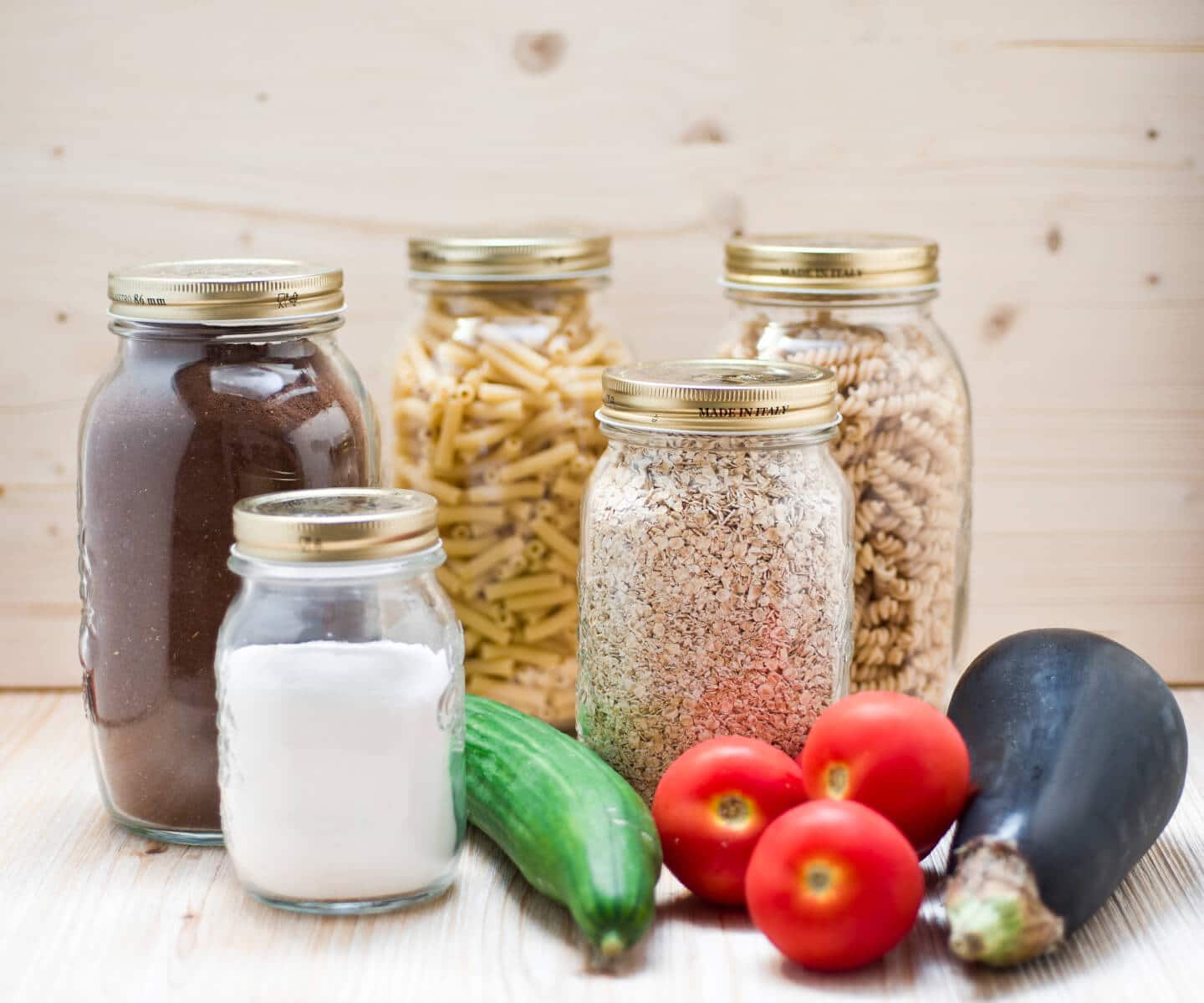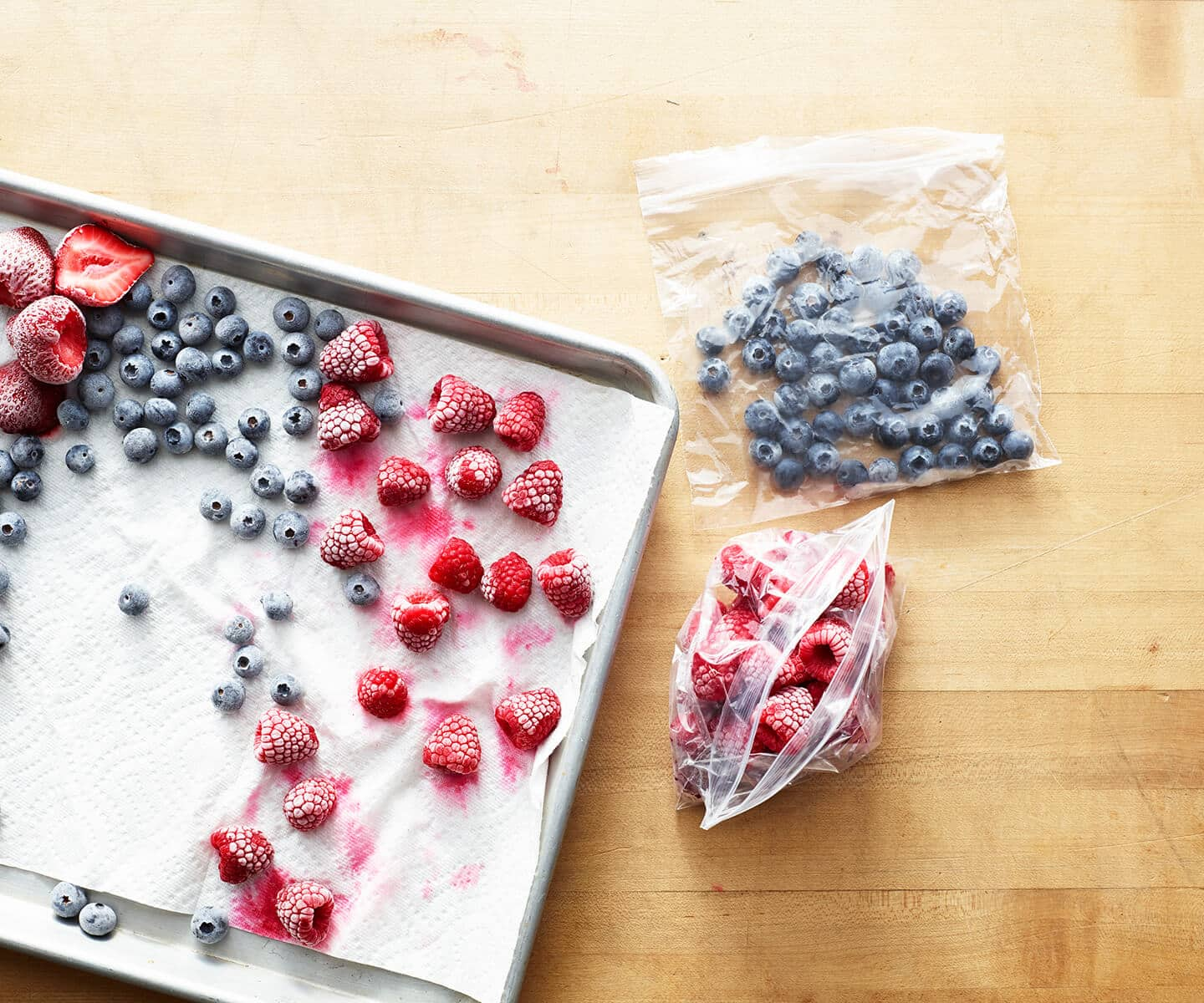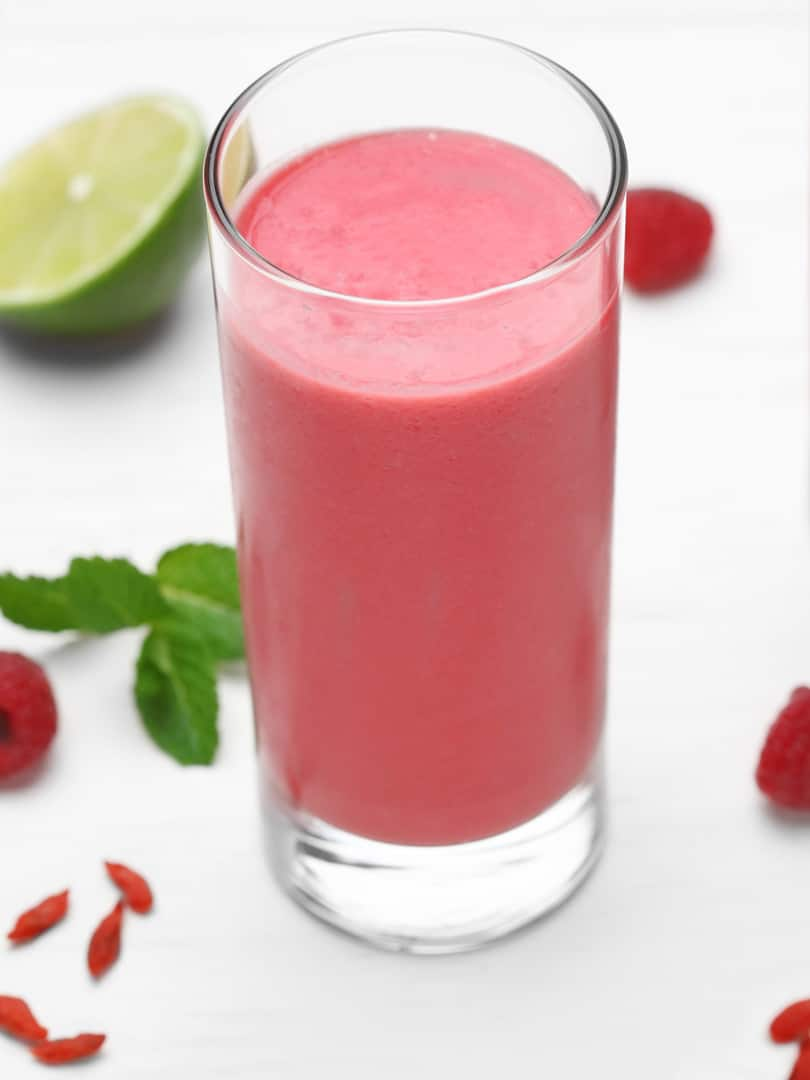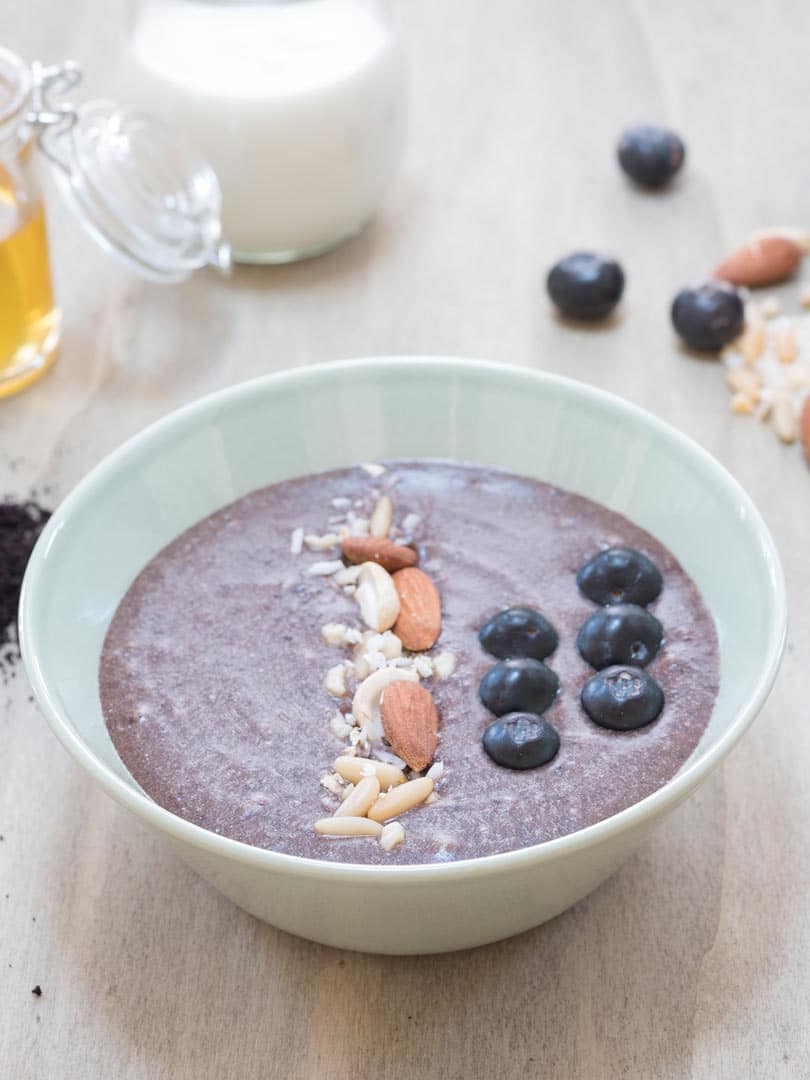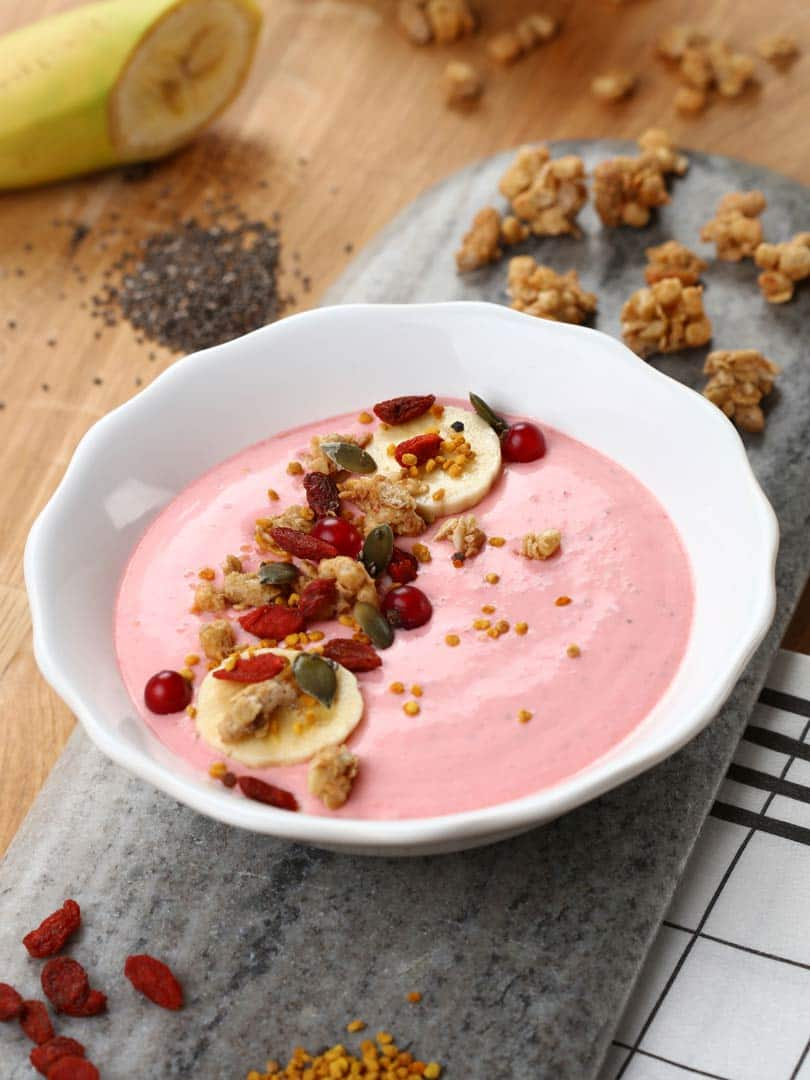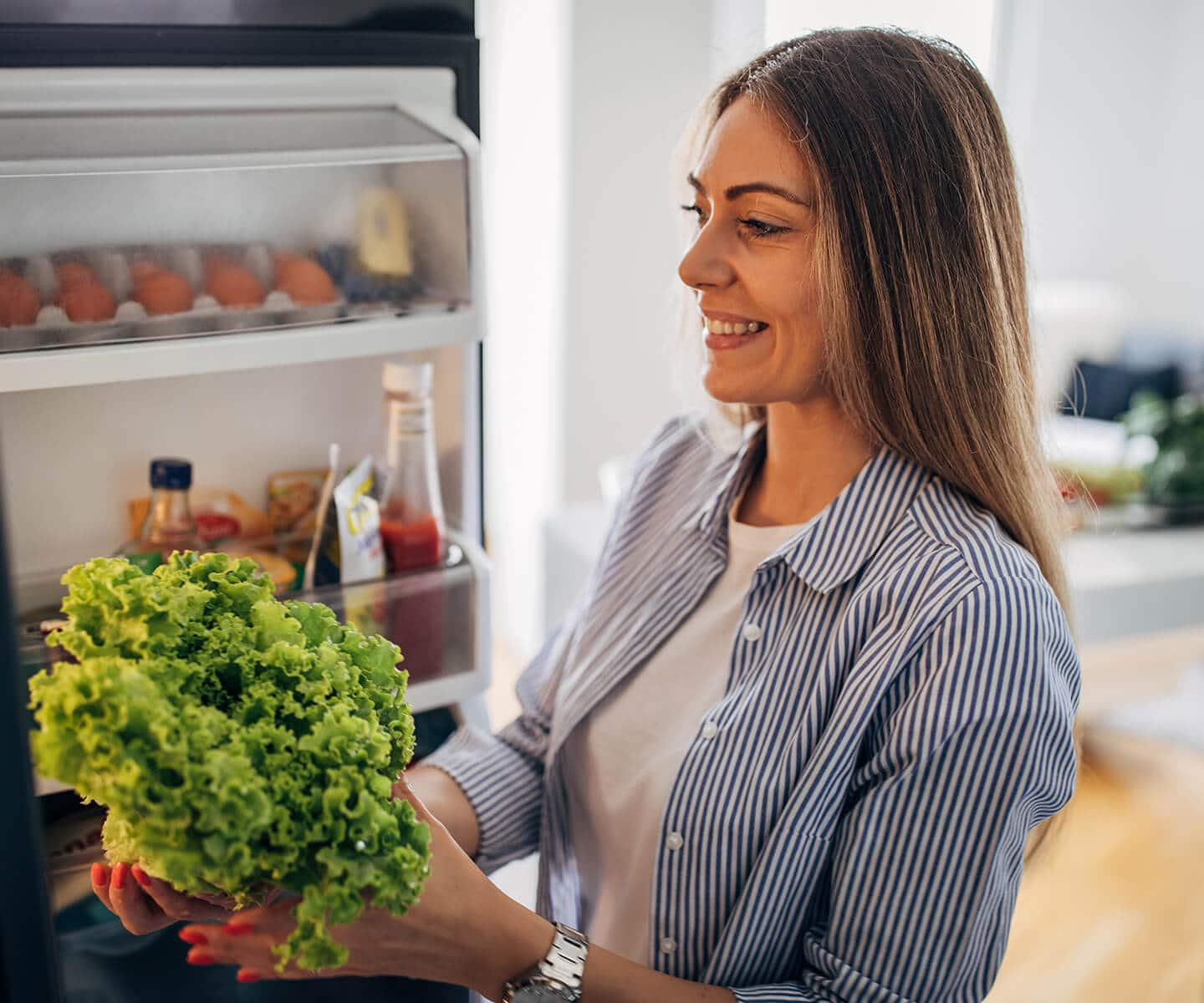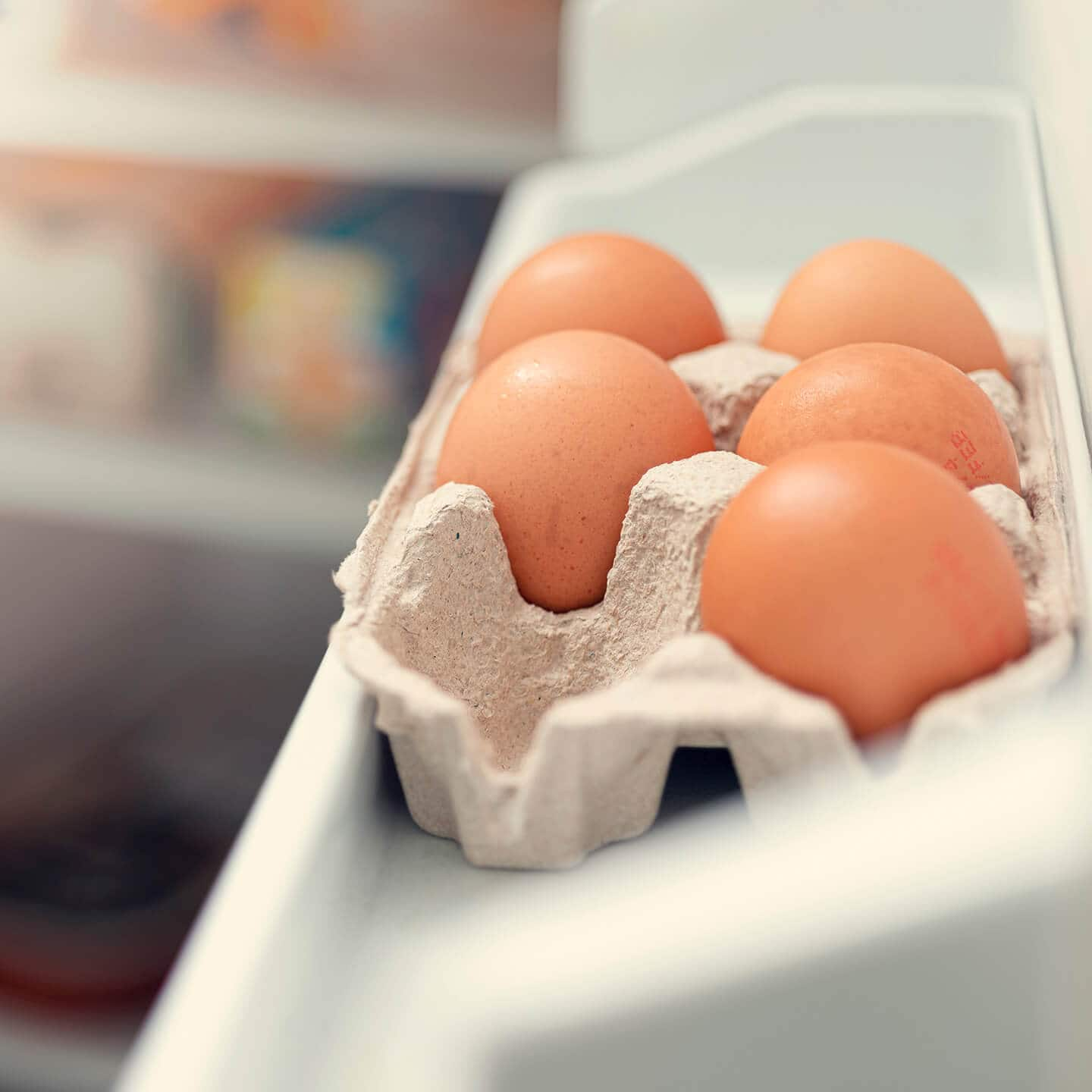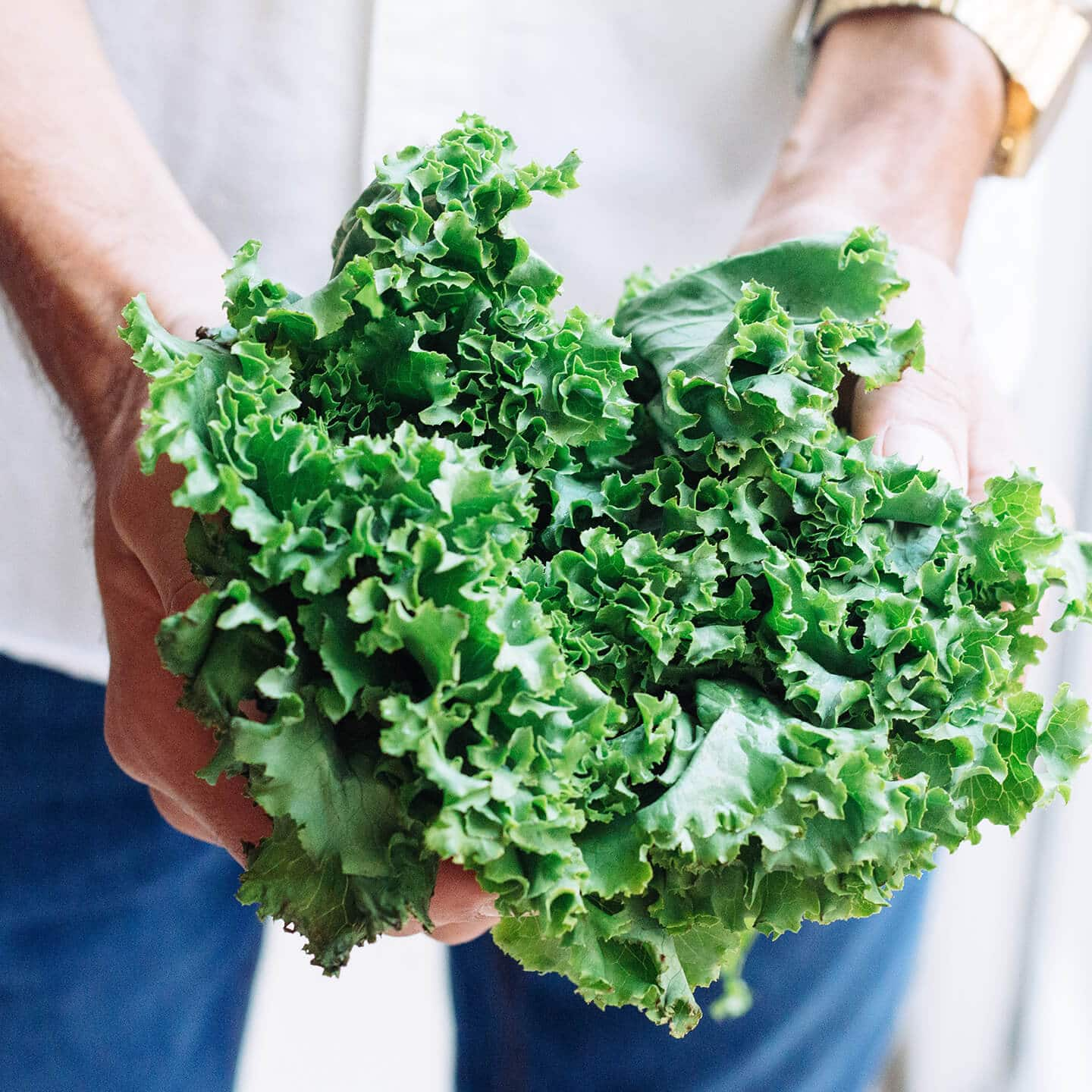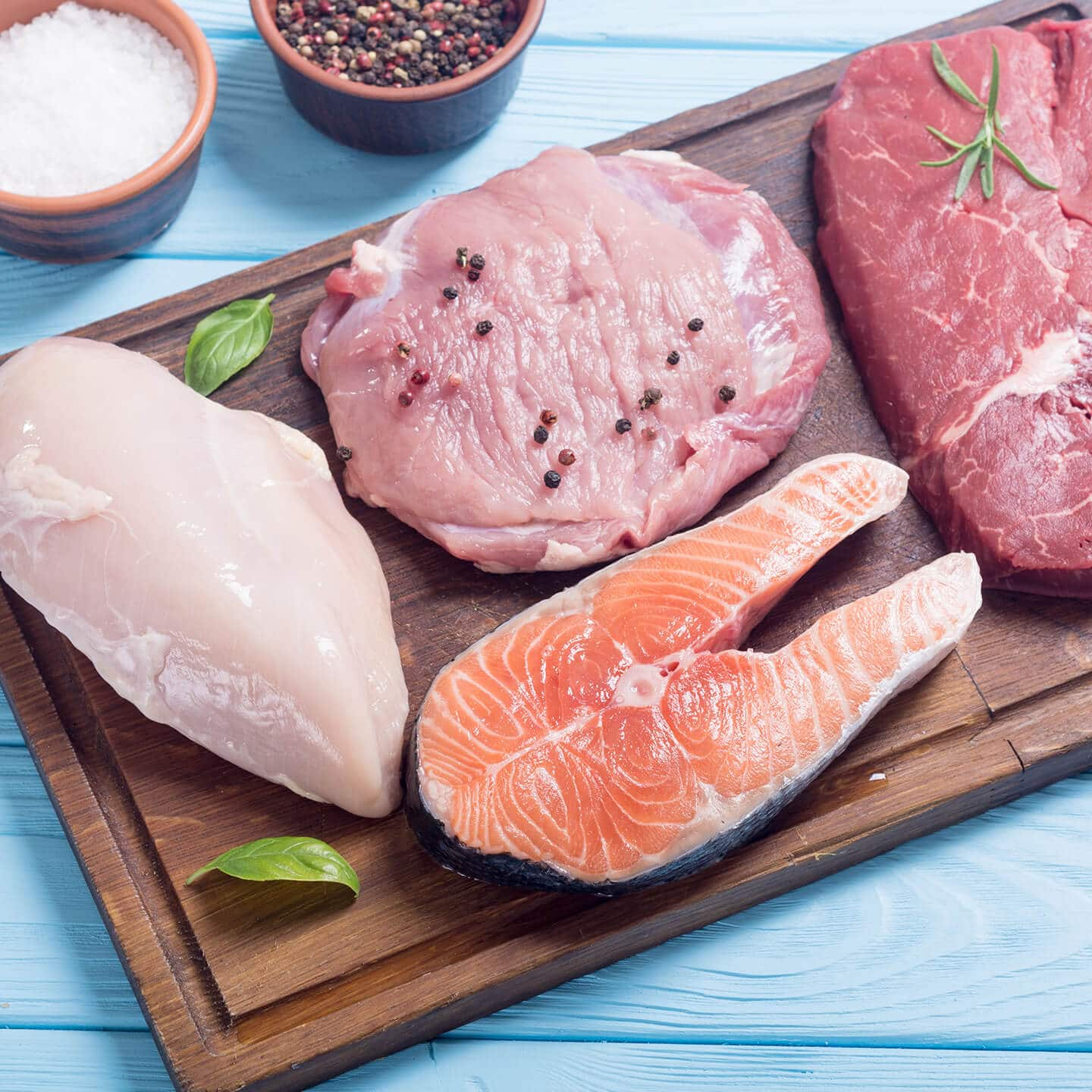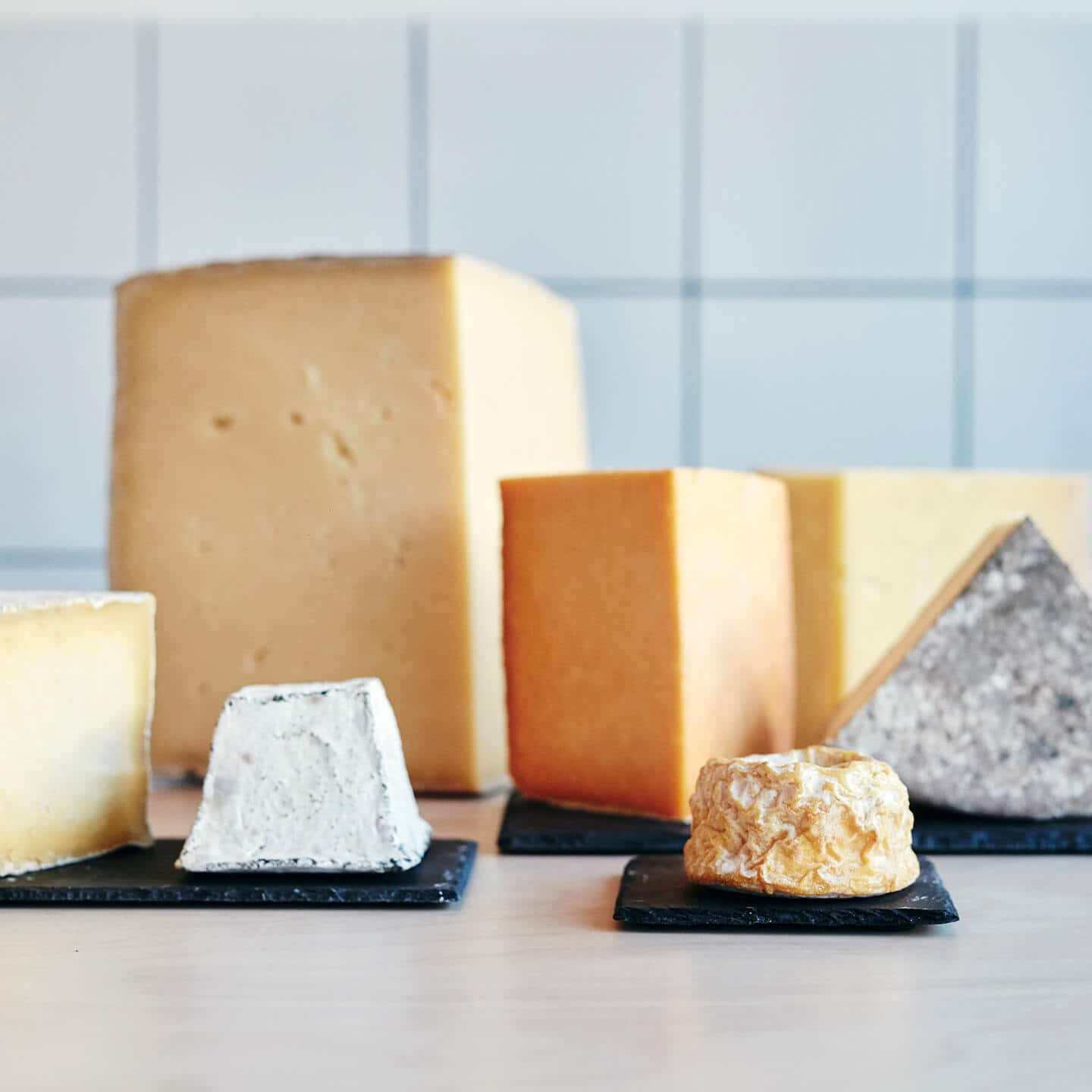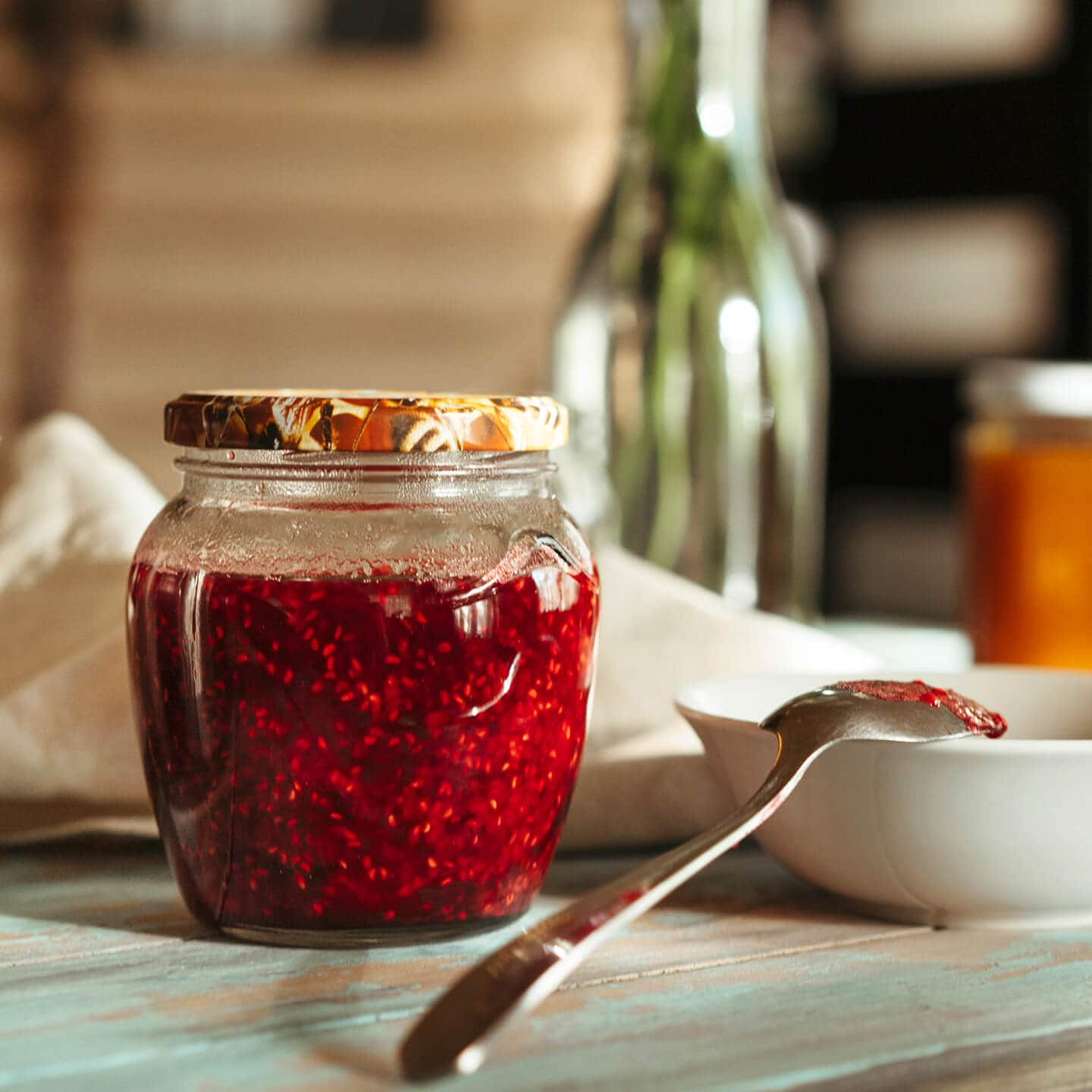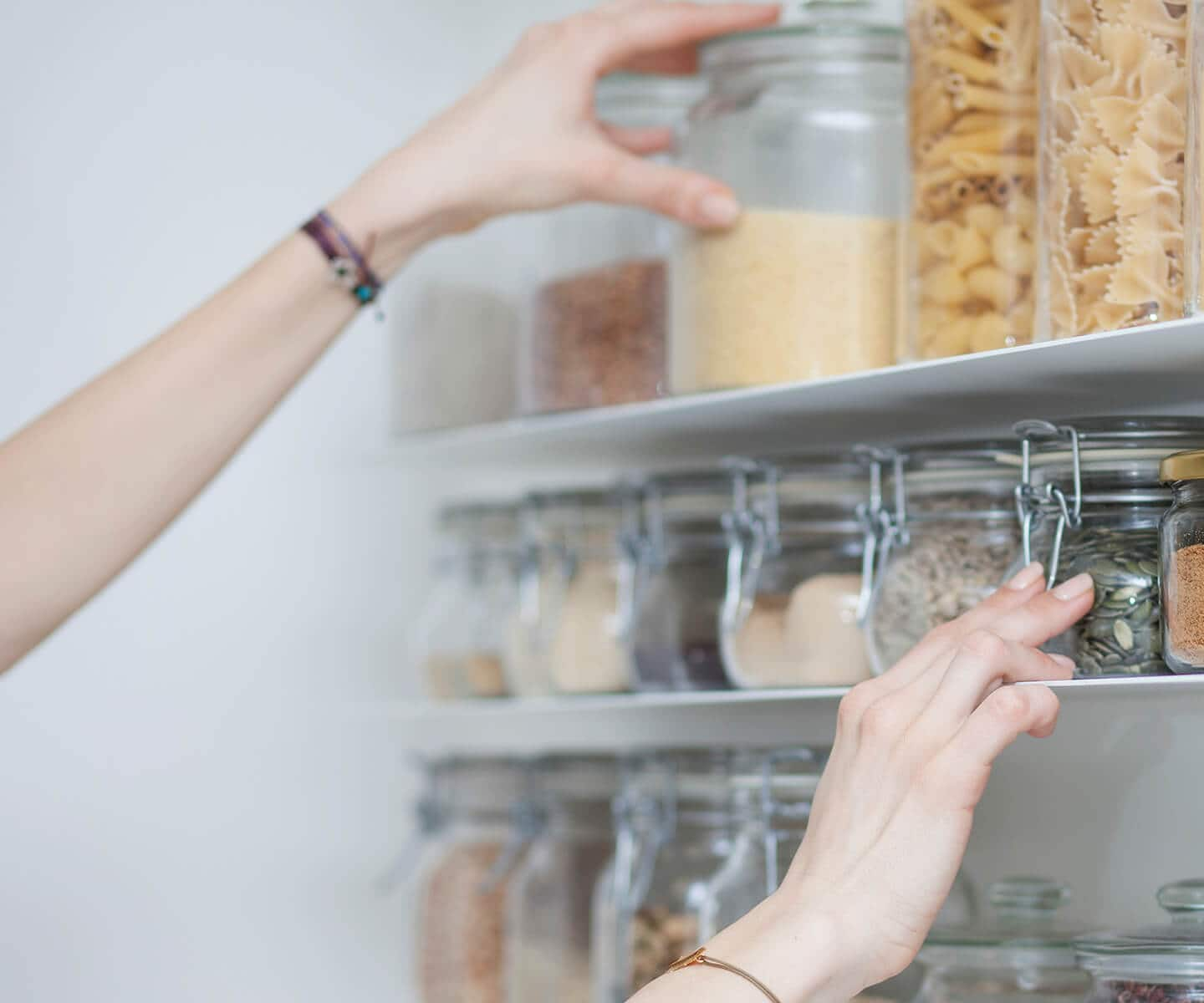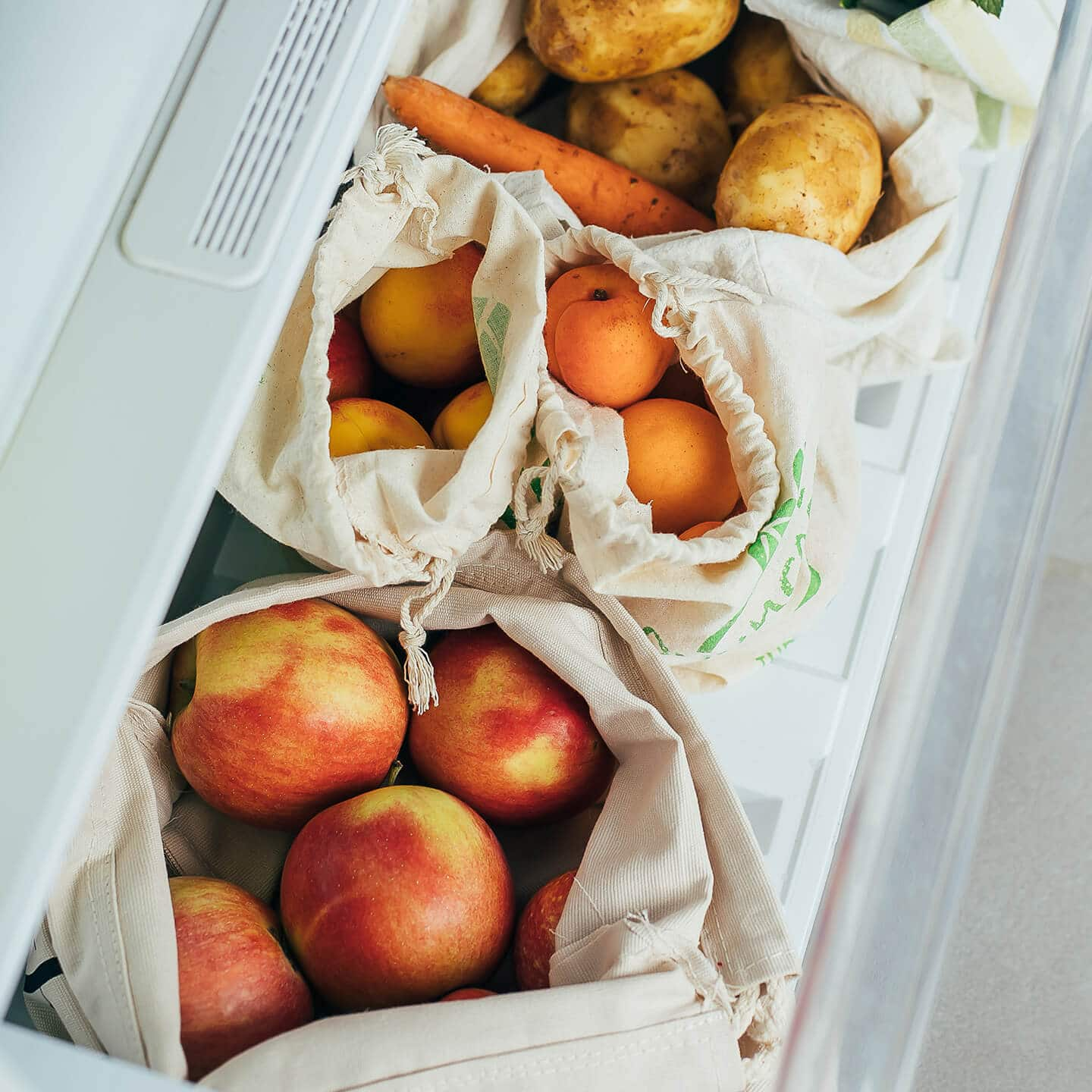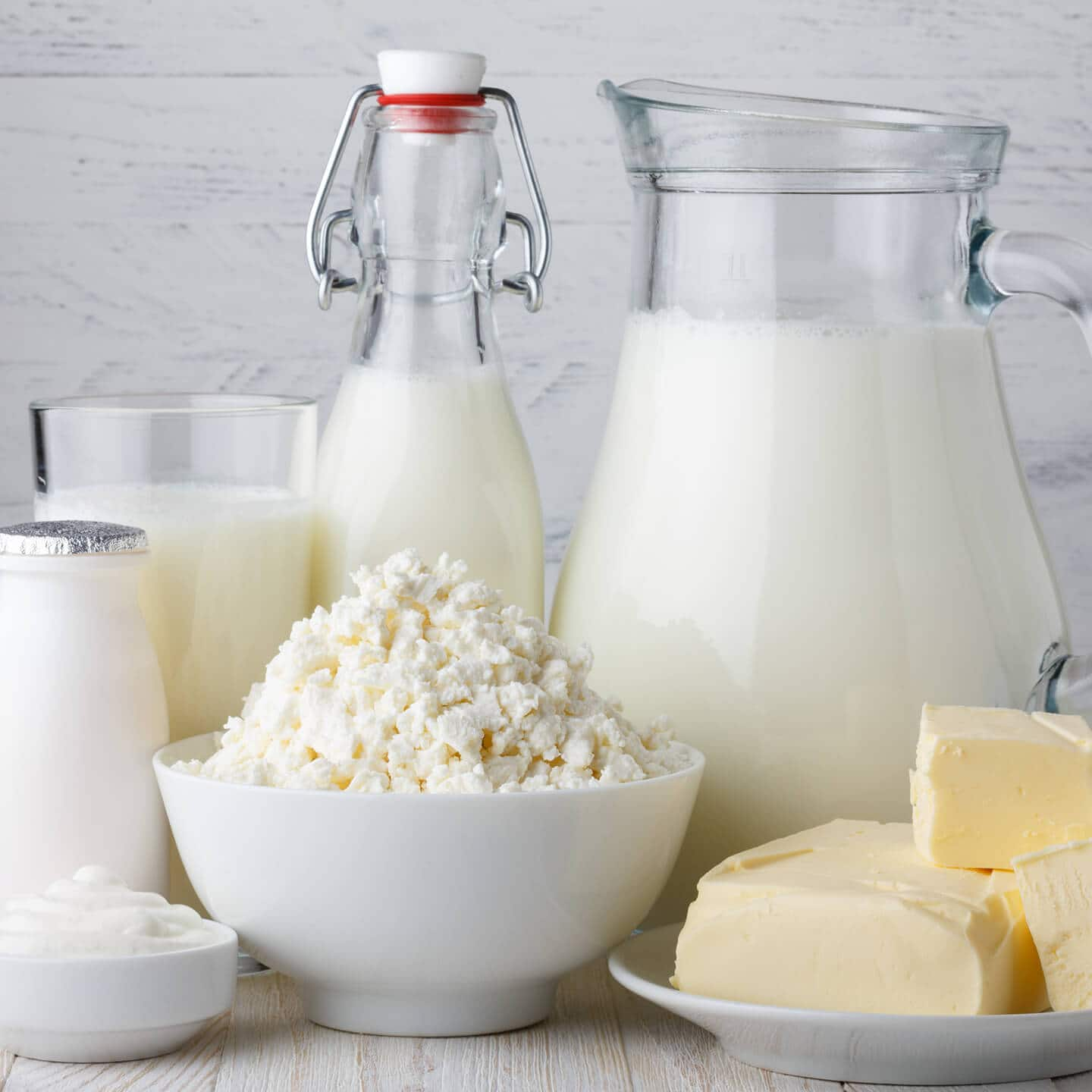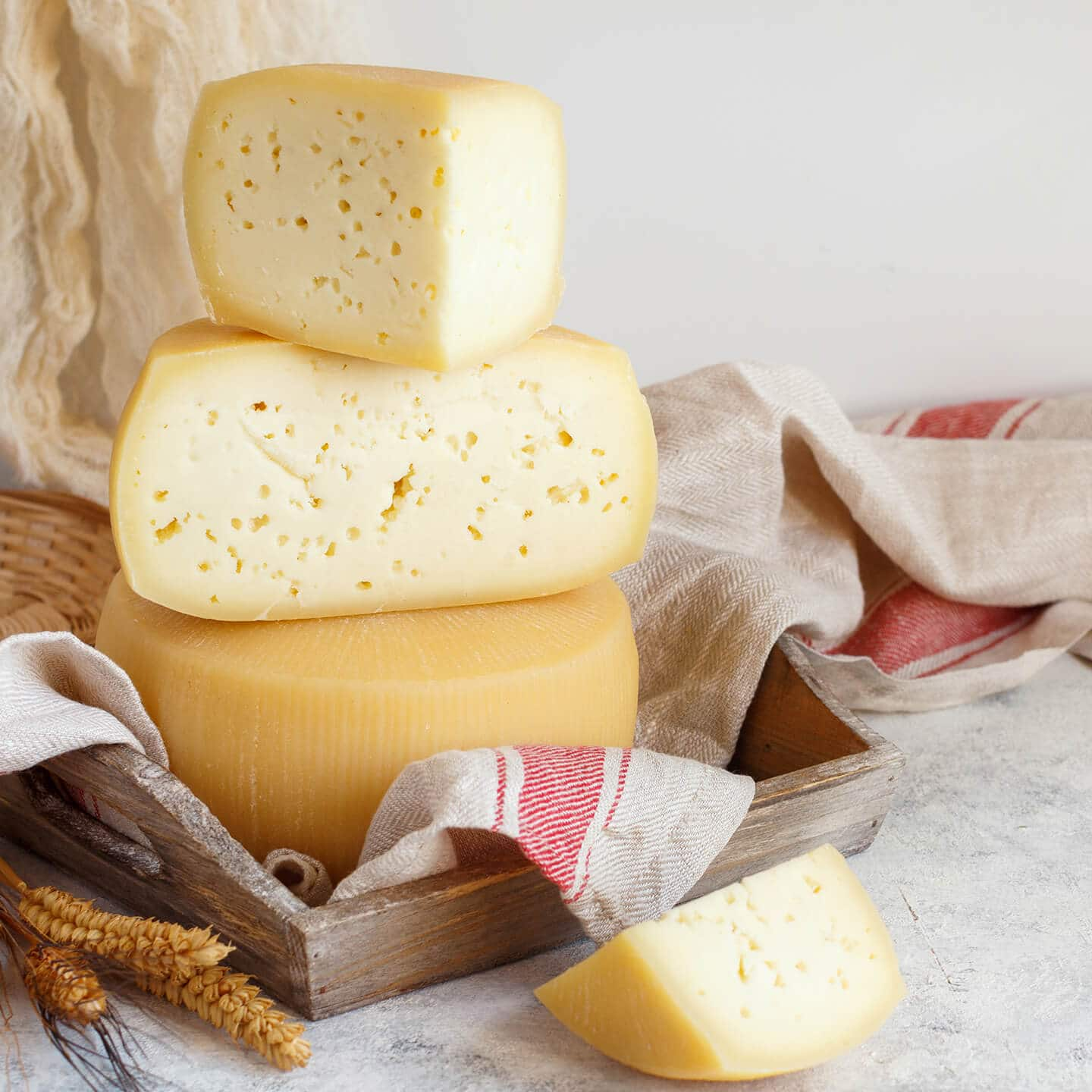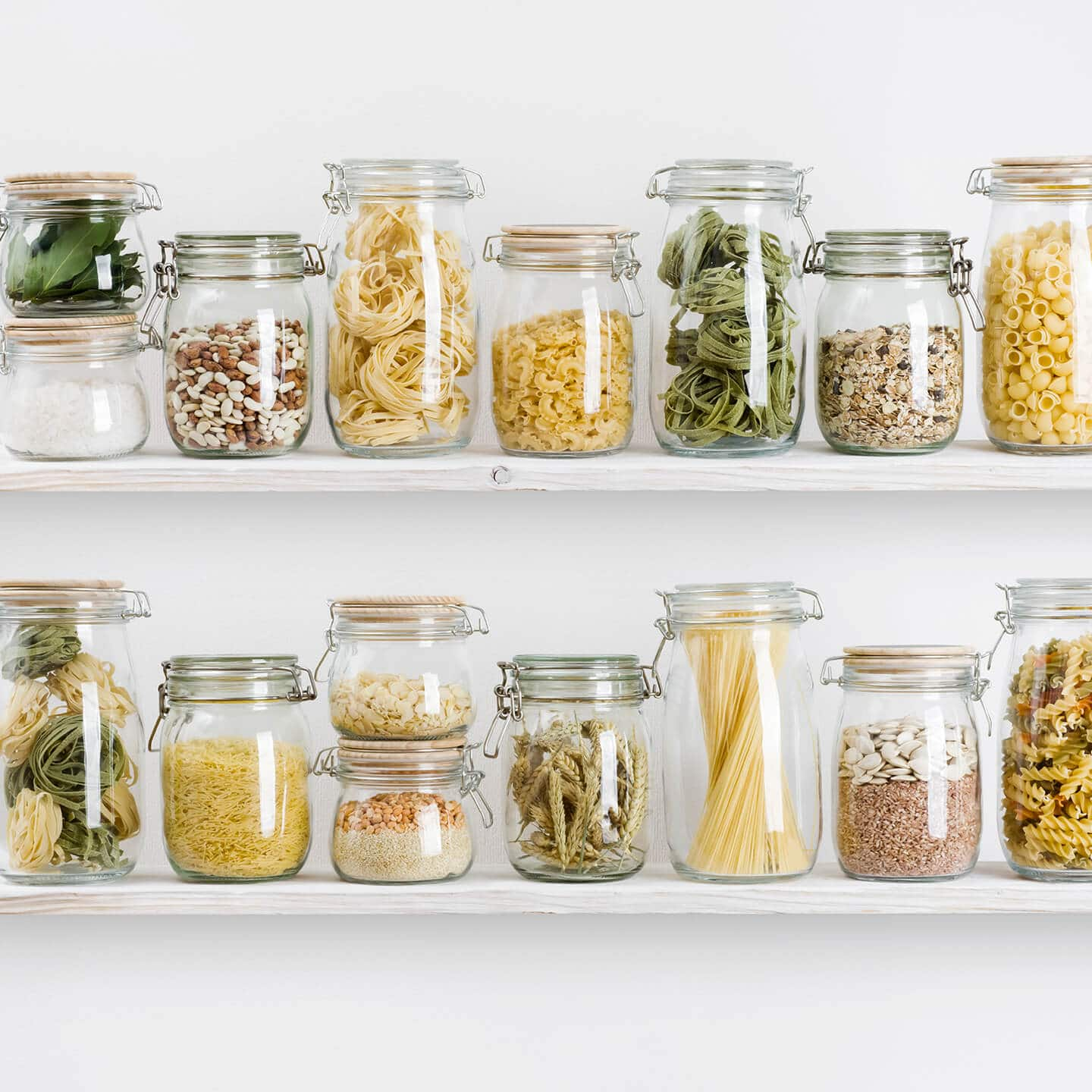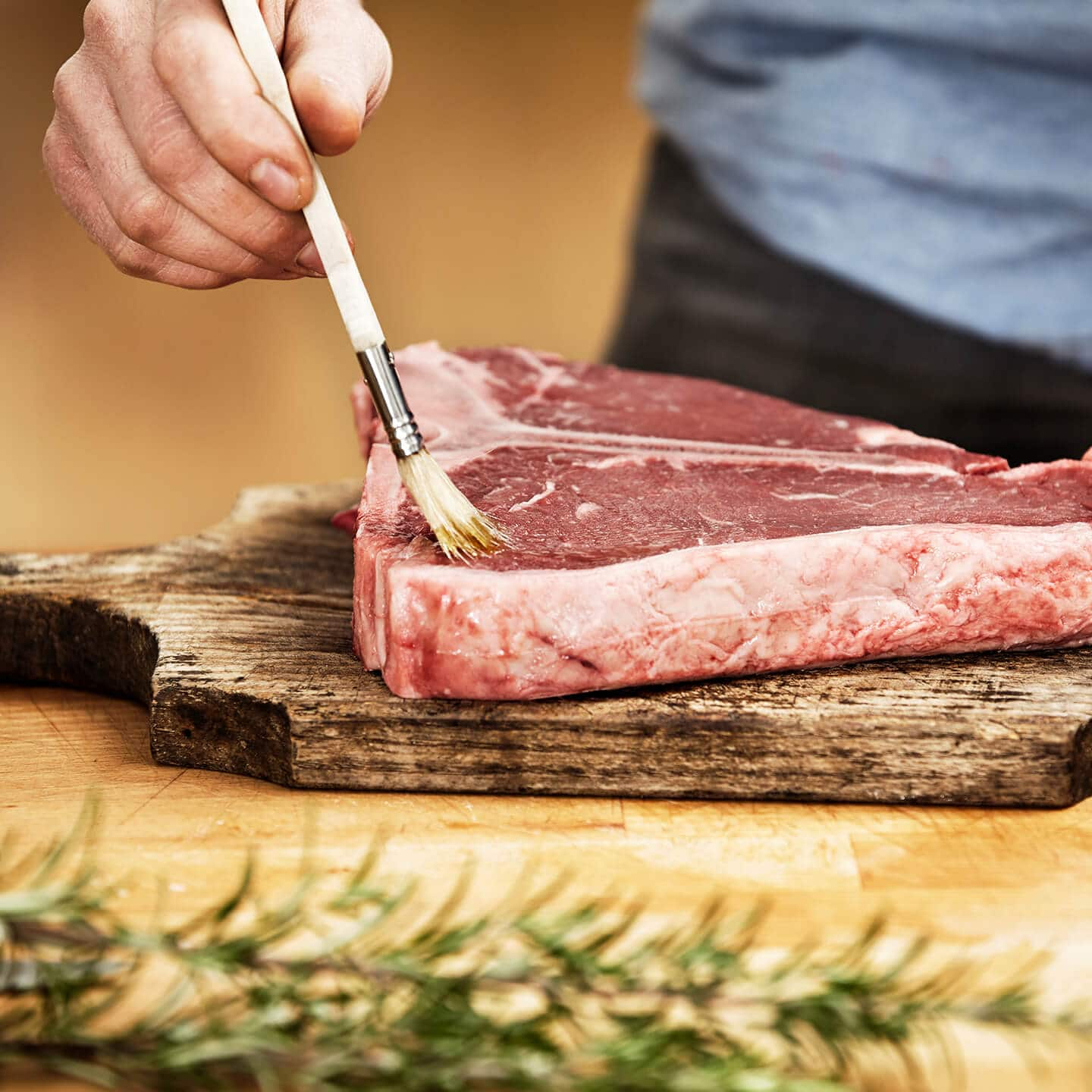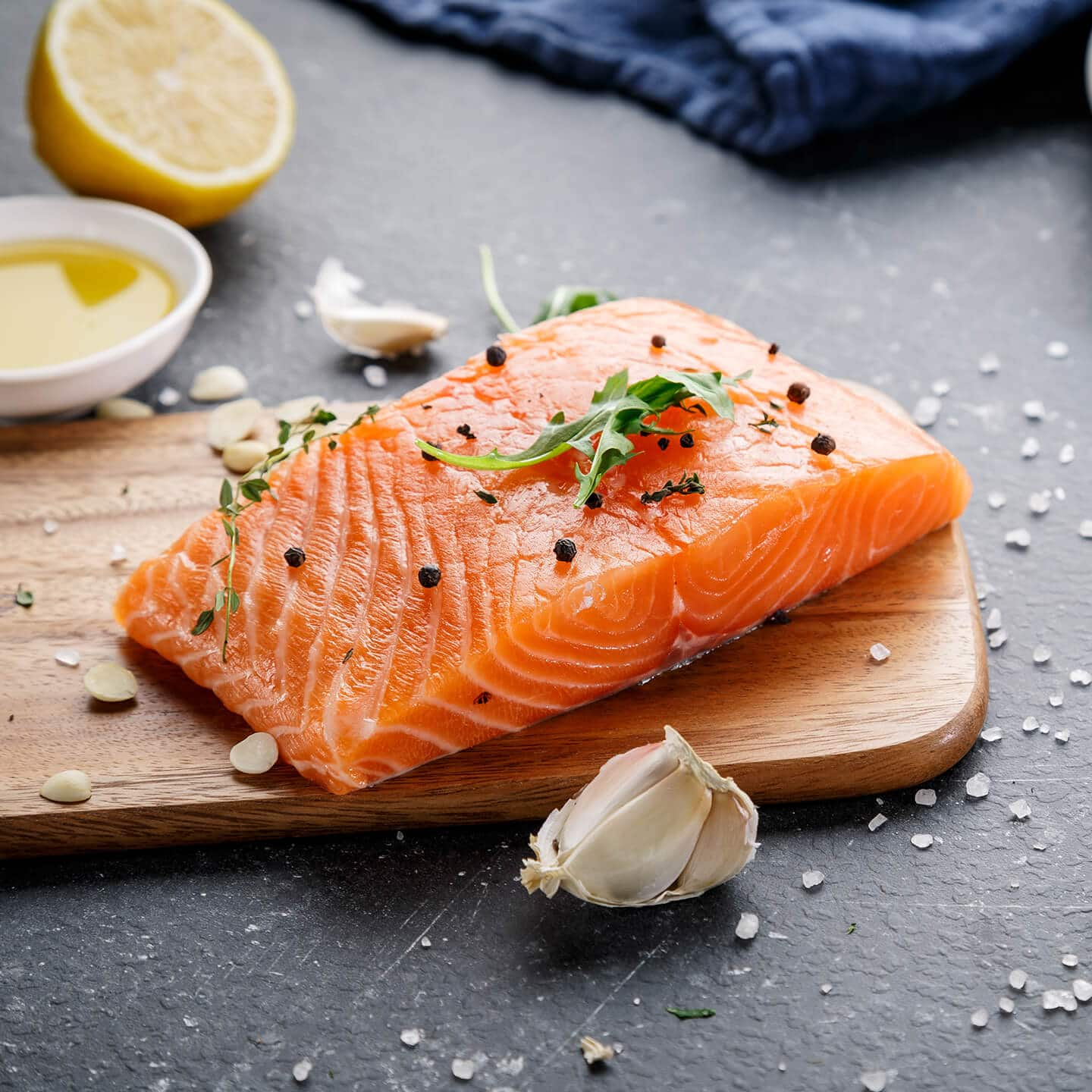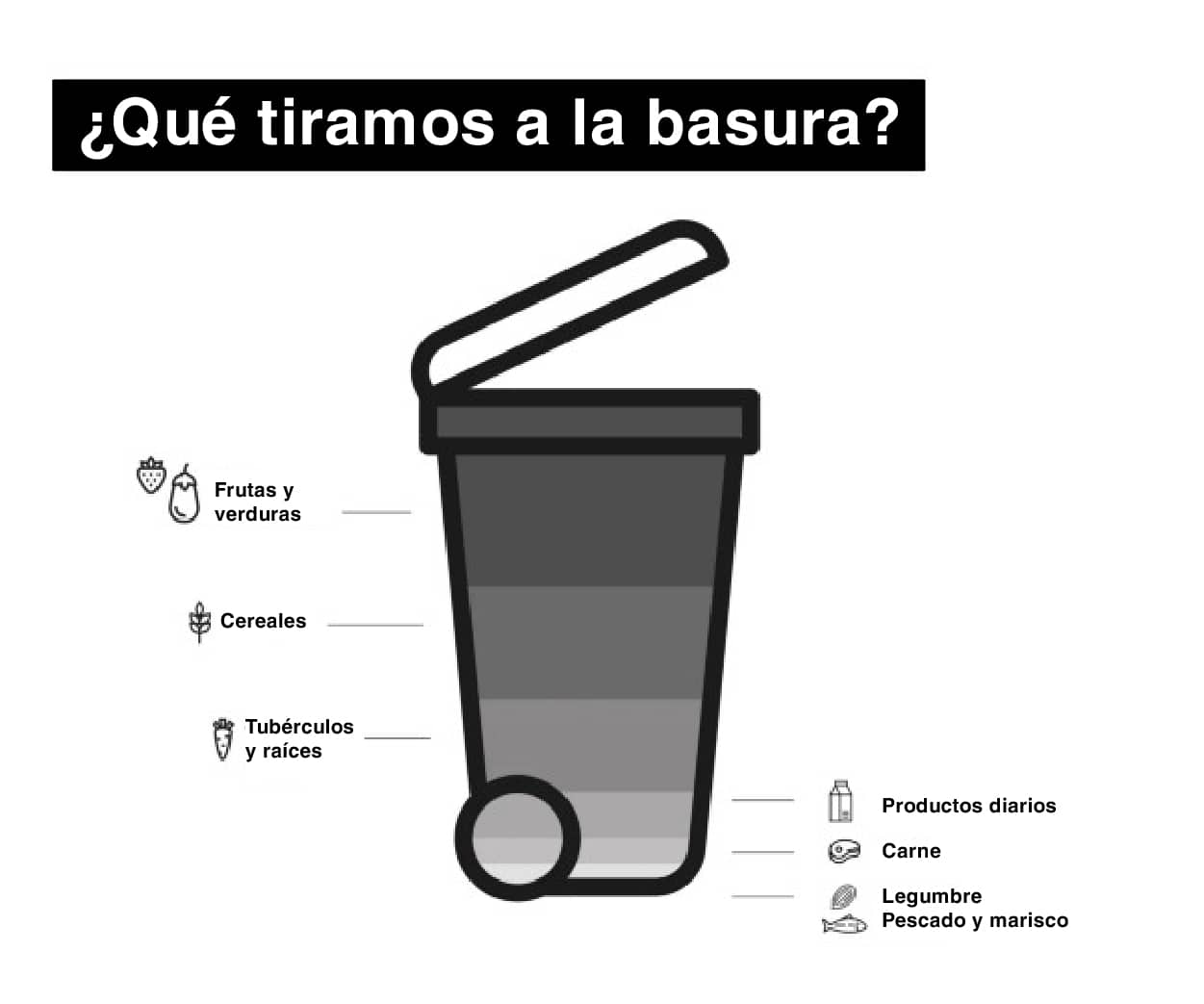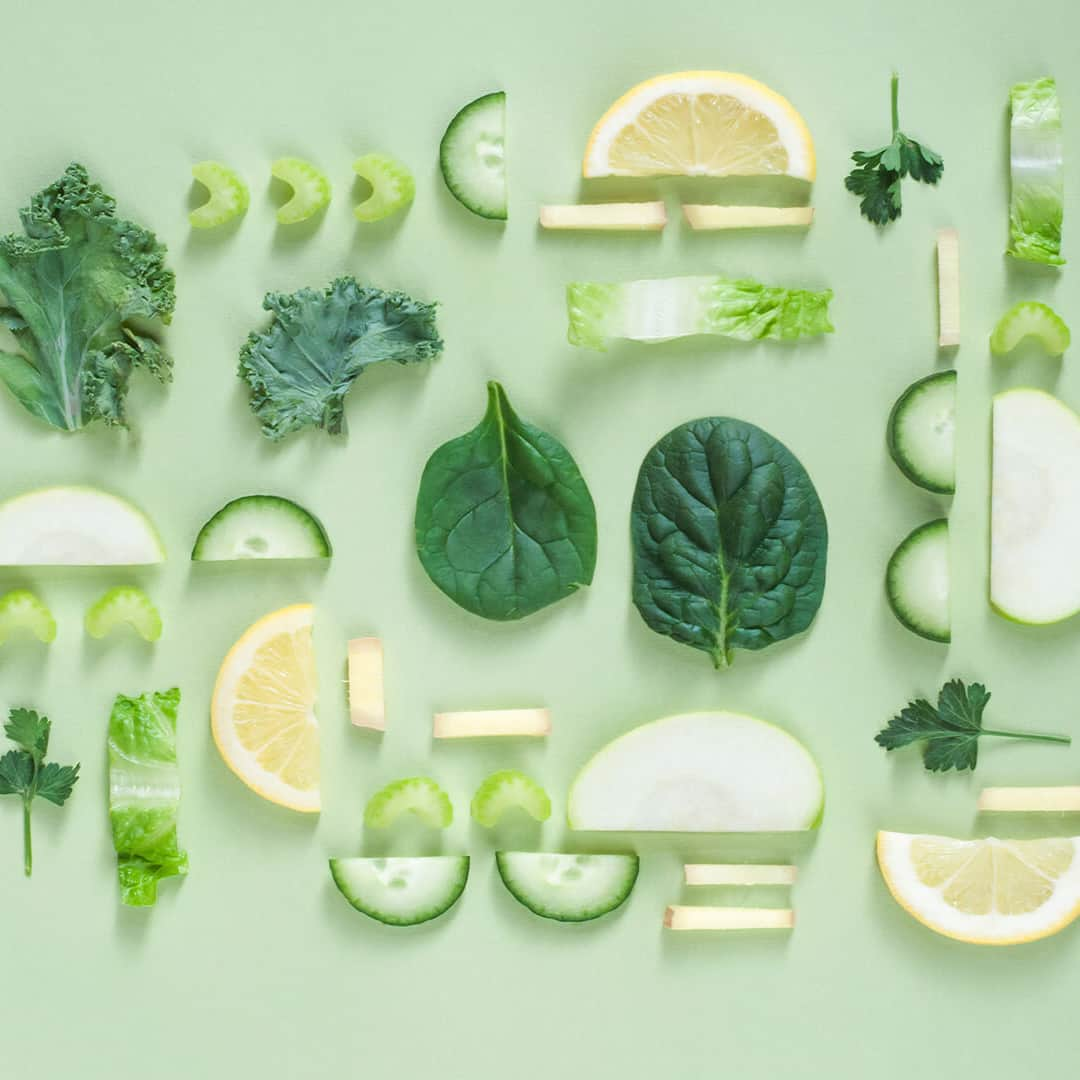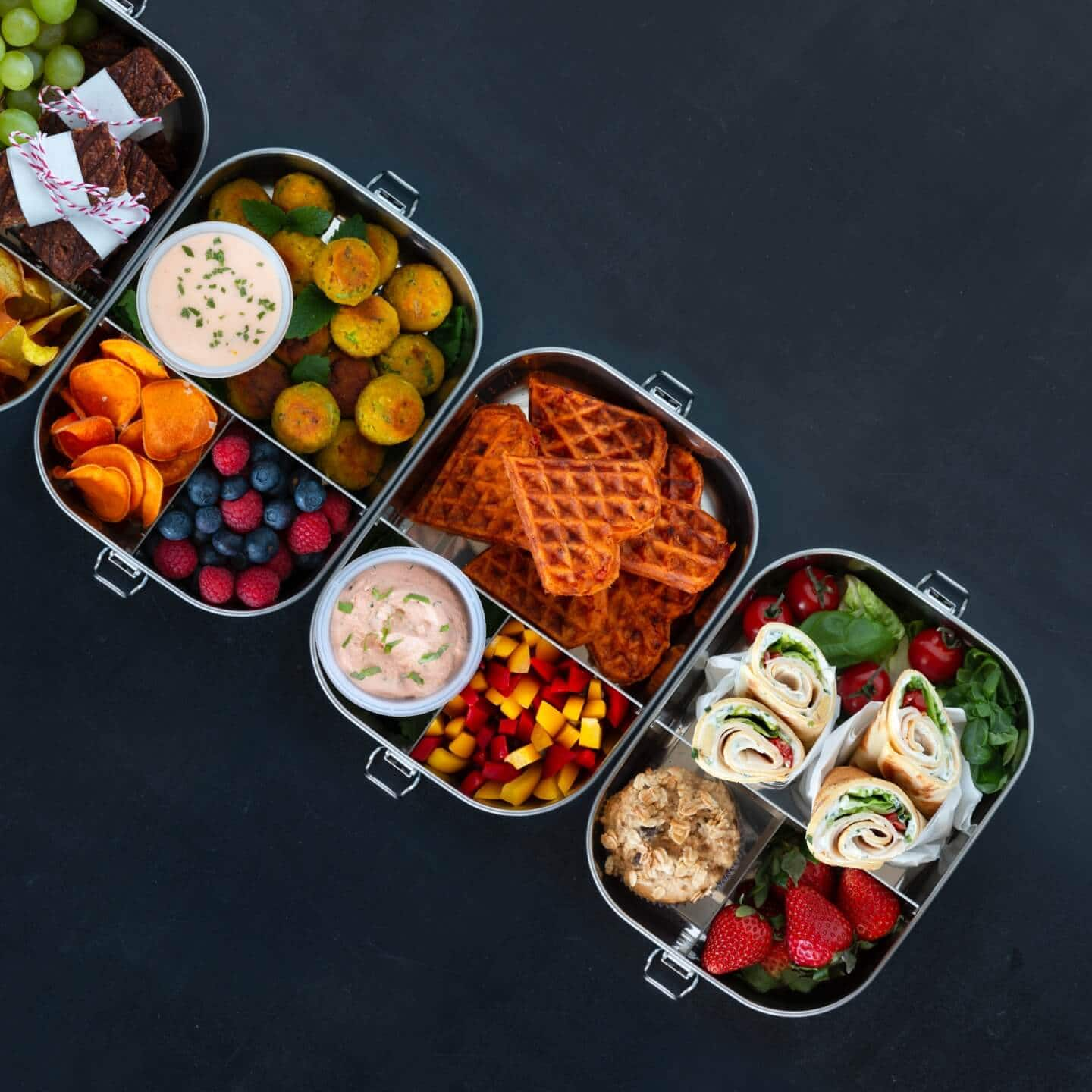Preparación de alimentos
Desayuno
Promociones
Inspírate
Preparación de alimentos
Desayuno
Promociones
Inspírate

Las mejores Minipimer Braun y sus accesorios
Comprueba su versatilidad.






MultiGrill 9 Pro
Para unos resultados profesionales a la parrilla.




Freidoras de aire
Descubre la máxima comodidad.

Breakfast Series 1
Todo lo que necesitas para empezar bien el día.










Centros de planchado
Ahorra un 50%* de tiempo para lo que realmente importa.





Ofertas anticipadas del Black Friday
Descuentos de hasta el 35%, exclusivos para suscriptores


Regalo de un set de viaje

El gran deBATE Braun
Vota tu favorito y gana una Minipimer 9 al día.



Recetario
Recetas divertidas y sencillas de Braun.

Función de higienización
Acaba con más del 99,99% de los virus y bacterias¹.

